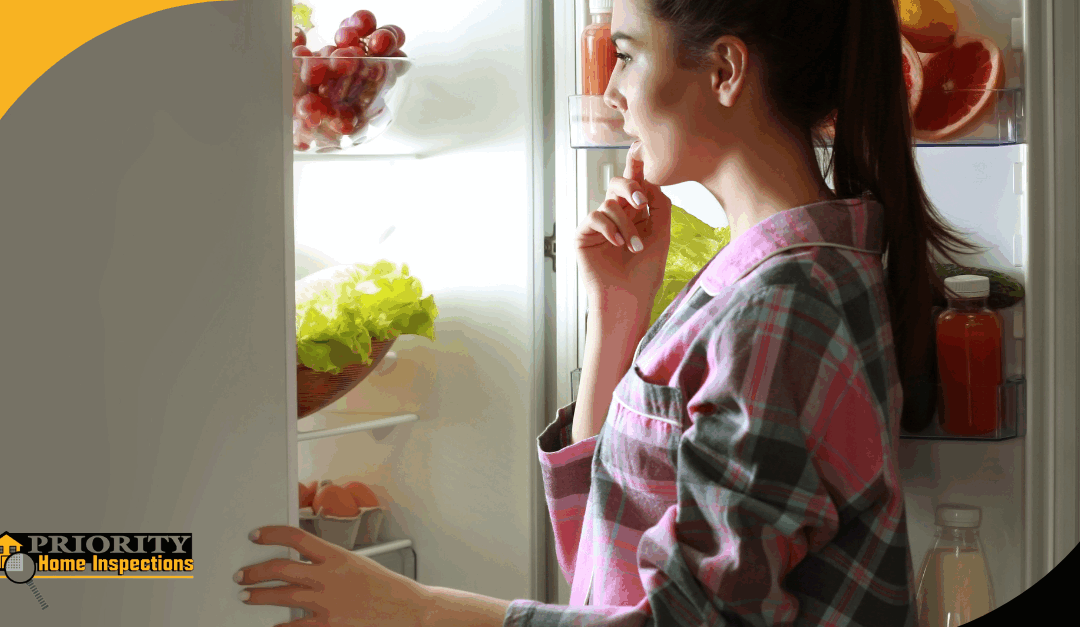Published: September 2025
Storing Food The Right Way In Florida: A Guide To Refrigerator Zones
Keeping your refrigerator organized isn’t just about saving space—it’s essential for ensuring your food stays fresh, safe, and free from contaminants. The temperature zones in your refrigerator vary, and knowing where to store your food can reduce waste and improve your food safety, especially in Florida’s warm climate.
The Ideal Refrigerator Temperature: Set It And Forget It
In Florida’s hot and humid climate, it’s even more crucial to set your refrigerator to the right temperature. Set your refrigerator to 37°F (3°C) and your freezer to 0°F (-18°C). This ensures that your food is cold enough to prevent bacterial growth while avoiding freezing your fresh produce and dairy items.
Top Shelves: Consistent Chill For Drinks And Leftovers
The top shelves maintain a steady, moderate temperature—ideal for storing drinks, leftovers, and ready-to-eat foods like deli meats or cheeses. These items don’t need the coldest spot, so the top shelf offers the perfect environment.
Middle Shelves: Perfect For Dairy And Everyday Foods
The middle shelves are ideal for dairy products such as milk, yogurt, cheese, and butter. Since these shelves maintain a stable chill, they’re perfect for the foods you use every day. Florida heat can quickly spoil dairy, so storing it at the right temperature ensures longer shelf life.
Bottom Shelves: The Coldest Zone For Raw Proteins
The bottom shelf, especially at the back, is the coldest part of the fridge, making it the best place for storing raw meat, poultry, and seafood. Keeping proteins here ensures they stay fresh and prevents contamination with other foods.
 Crisper Drawers: Maximize Freshness With Humidity Control
Crisper Drawers: Maximize Freshness With Humidity Control
The high-humidity drawer is best for storing leafy greens, broccoli, and herbs, while the low-humidity drawer is ideal for fruits like apples, grapes, and peppers. Humidity can cause produce to spoil quickly, but using your fridge’s humidity control can help keep your fruits and veggies fresh longer.
The Door: Warmest Zone For Condiments
The fridge door is the warmest area, so it’s suitable for condiments, pickles, juices, and other non-perishable items. Avoid storing milk or eggs in the door, as they need a colder environment, especially in heat.
Quick Tips For Keeping Your Food Fresh
- Don’t overcrowd your fridge—air needs to circulate for optimal cooling.
- Use clear containers to easily see what you have and reduce forgotten leftovers.
- Label your leftovers with dates to track freshness and avoid expired food.
Take Action: Schedule Your Maintenance Home Inspection Today
Maintaining your home in top condition extends beyond organizing your refrigerator or ensuring your appliances function properly. Regular inspections of your home help ensure your entire home is running smoothly and efficiently, saving you money. Contact Priority Home Inspections today to schedule your home maintenance inspection. Our professional inspectors will provide a comprehensive assessment of your home, identify potential issues, and offer guidance on improving energy efficiency throughout your home.
Call us at (321) 368-9921 or Click Here to schedule a home inspection in Melbourne, FL today!


